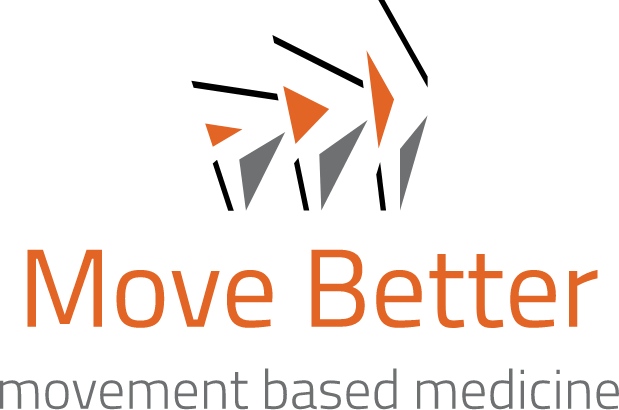Our Treatment Foundations at Move Better
![]()
The Breathing Paradigm
Breathing is the most direct way to decrease pain and improve function. It allows multiple systems of the body to return to balance and proper capacity.
Breathing is the first independent action we all take in life. Coming from the womb, the body is asked to exchange fluid for gas, permanently rendering us dependent on something we can only see on a cold winter day. It is the first system the body must normalize for us to be an independent human being. With that, it is a logical starting place for evaluation and medical treatment. Beyond that, breathing holds a special place in history, our consciousness, and in our anatomy. Breathing also has large amounts of empirical and scientific evidence of its usefulness. It is a common thread across many religious and spiritual teachings, despite geographic or cultural isolation at times.
Learn More About The Breathing Paradigm
During your evaluation, your clinician will discuss why breathing is important as it relates to your specific treatment. Nearly every biomechanical condition can be improved with breathwork, even if only to modulate the body’s interaction with the pain process. Most importantly, if our evaluation shows that your breathing patterns have sufficient capabilities, we will move past this point quickly. We can say with confidence that this is exceedingly rare in our current sample set.
![]()
The Bracing Paradigm
We define bracing as the simple act of creating midline stability while being able to breathe. The challenge for bracing in our clinic is to simply create a 360-degree wall of firmness around the midsection. This is a skill that all humans must learn to begin to create motion.
Bracing is often mislabeled as “core-training,” a term not generally accepted in our clinic. The challenge for bracing in our clinic is to simply create a 360-degree wall of firmness around the midsection. This, as with the first foundation of breathing, is a skill that all humans must learn to begin to create motion. As a newborn, a motion must be attached to at least one stable thing. This stable thing should logically be at the center of mass, which is roughly two inches below your navel. This is a task that all humans, in the absence of a congenital or developmental issue, have already achieved. Every time you laugh, cough, sneeze, or have a challenging bowel movement; you brace. This really means that there are two challenges to address here. 1 – You don’t know how to consciously use this skill to your advantage 2 – You must be able to do this while breathing.
Learn More About The Bracing Paradigm
Through organic logic, the body will always prioritize breathing, as the breath is life itself. So if a person does not know how to breathe AND stabilize the midsection, the body will sacrifice stability for respiration. This is a significant problem for most people, especially athletes and those that need to use their body for their profession. The body is constantly adapting to the use of ineffective systems of stability because it has forgotten the skill of bracing. Once this skill can be taken online again, the body can effortlessly up or down-regulate the amount of bracing based on the tasks at hand. Until a safe and stable midline can be established, all rehabilitative processes are rendered minimally effective. If the center is faulting, all other systems will fail as well.
![]()
The Hinging Paradigm
If we were left to teach only one skill to any of our patients, it would be hinging. Nearly all low back pain types can be simply and logically related to an inability to hinge appropriately.
Our foundational skills follow a simple unifying theme – normalize the center of the body. The payout for the ability to hinge is incredible and helps every biomechanical ailment that comes through our doors. It is one of the final skills a child learns before they truly become a mobile human and usually takes around 12 months to develop as multiple systems are involved. The ultimate goal of hinging is allowing the body to spread work across the entire body instead of through specific joints. The skill of hinging can be defined as one simple test. Pick up something from the ground without bending your back or neck at all while sharing the work appropriately across the entire body.
As with our other foundational skills, it is exceptionally rare for patients to be able to do so upon initial evaluation. We believe this is the single and simple cause of nearly all low back-related ailments. Nearly all low back pain types can be simply and logically related to an inability to hinge appropriately.
Learn More About The Hinging Paradigm
Schedule Your Appointment
If you are looking to improve your biomechanics and function through breathing, bracing, and hinging paradigms, contact us today to learn how our treatments can help you.

